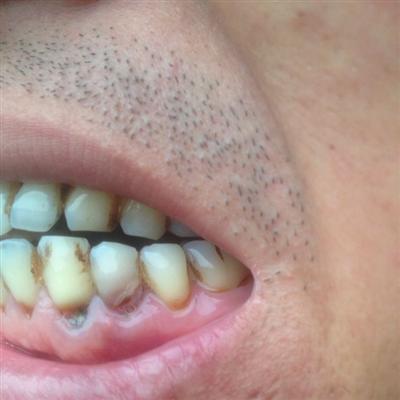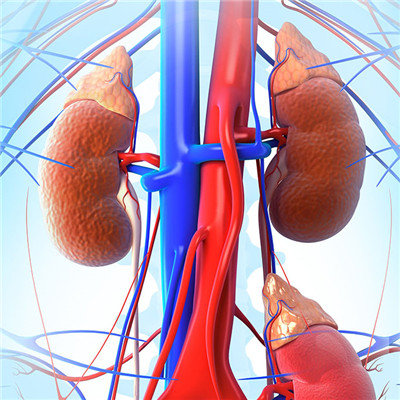How does esophagus cancer prophase exercise
summary
Esophageal cancer is a common digestive tract tumor. Its typical symptom is progressive dysphagia. It is difficult to swallow dry food first, then semi liquid food, and finally even water and saliva. Anti cancer health net points out that although surgery is the first choice for the treatment of esophageal cancer, in addition, postoperative exercise is also essential.
How does esophagus cancer prophase exercise
1、 Respiratory function exercise. Thoracic surgery for older patients with esophageal cancer, respiratory function will be seriously damaged, in the postoperative medication at the same time to strengthen the training of respiratory function is conducive to the recovery of lung function. Methods: inhale deeply with balanced and continuous strength, and exhale slowly and evenly when reaching the maximum inspiratory volume. After repeated for 4 times, repeat at an interval of 1 hour. The purpose is to make the lung lobe fully expand, so as to increase the surface tension of alveoli, increase the vital capacity and improve the lung function.
2、 Cough training. To help patients master the correct method of cough can effectively prevent the occurrence of pulmonary infection and help to recover. Methods: take a deep breath, hold your breath, close your stomach and cough hard. Don't be afraid of pain during cough training. At the beginning of practice, you can cough slowly, and then gradually increase the strength. In order to reduce the pain caused by postoperative cough, the two sides of the chest can be pressed gently with both hands when the patient coughs.
3、 Small exercise. Early postoperative activities can promote blood circulation, promote wound healing, prevent deep venous thrombosis, effectively prevent constipation and bedsore. Early activities can be divided into early bed activities and early get up activities.
matters needing attention
In the early stage, the family members of the patients helped the patients turn over and pat their backs. After the blood pressure was stable, they took the semi reclining position. When the patient's condition is stable, he can slightly move his upper limbs, hands and feet on the bed, do flexion and extension exercises, and gradually stand by the bed, walk slowly indoors, and then go out for a walk as appropriate.















